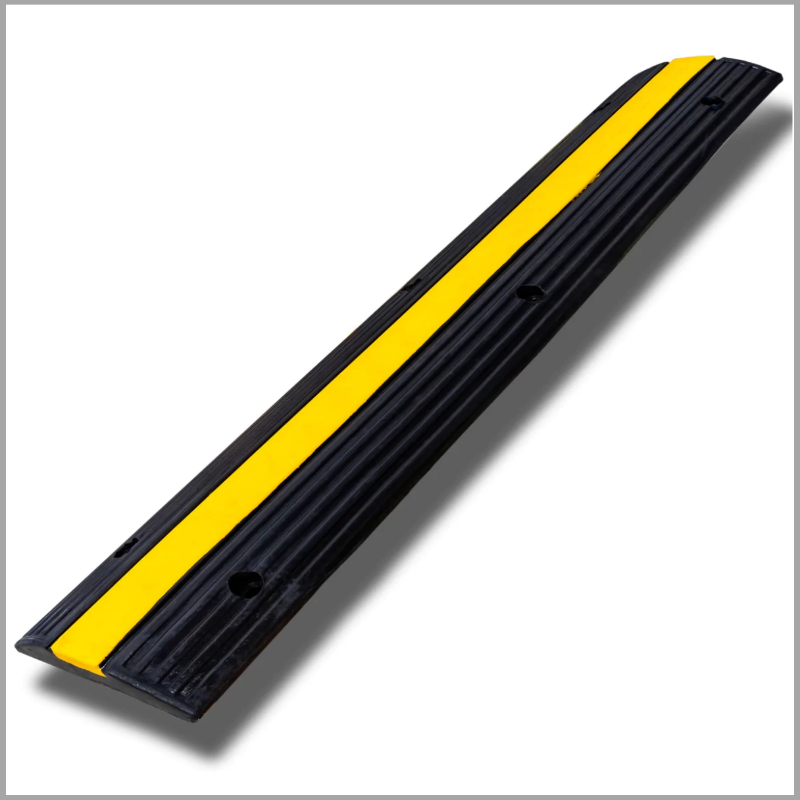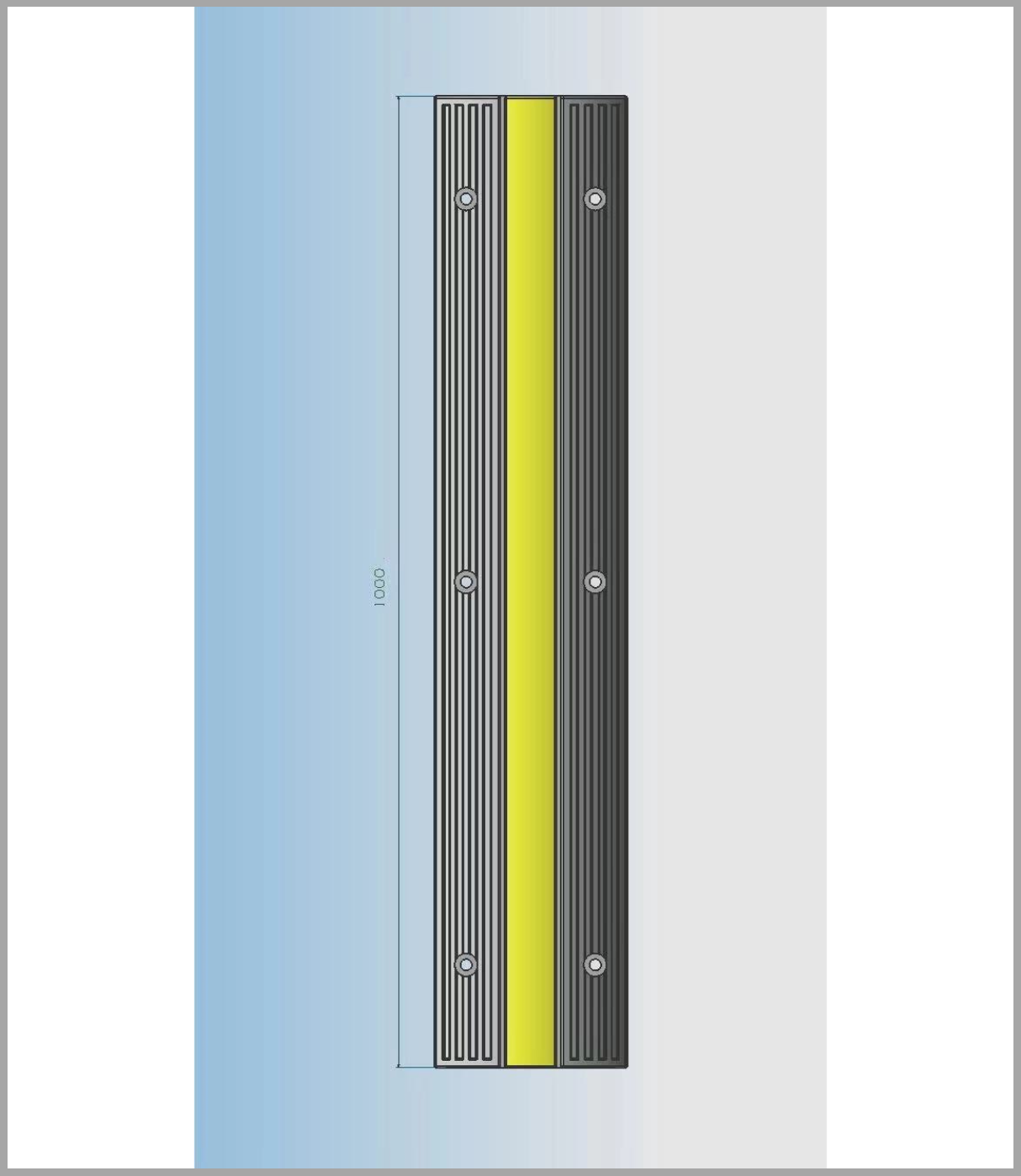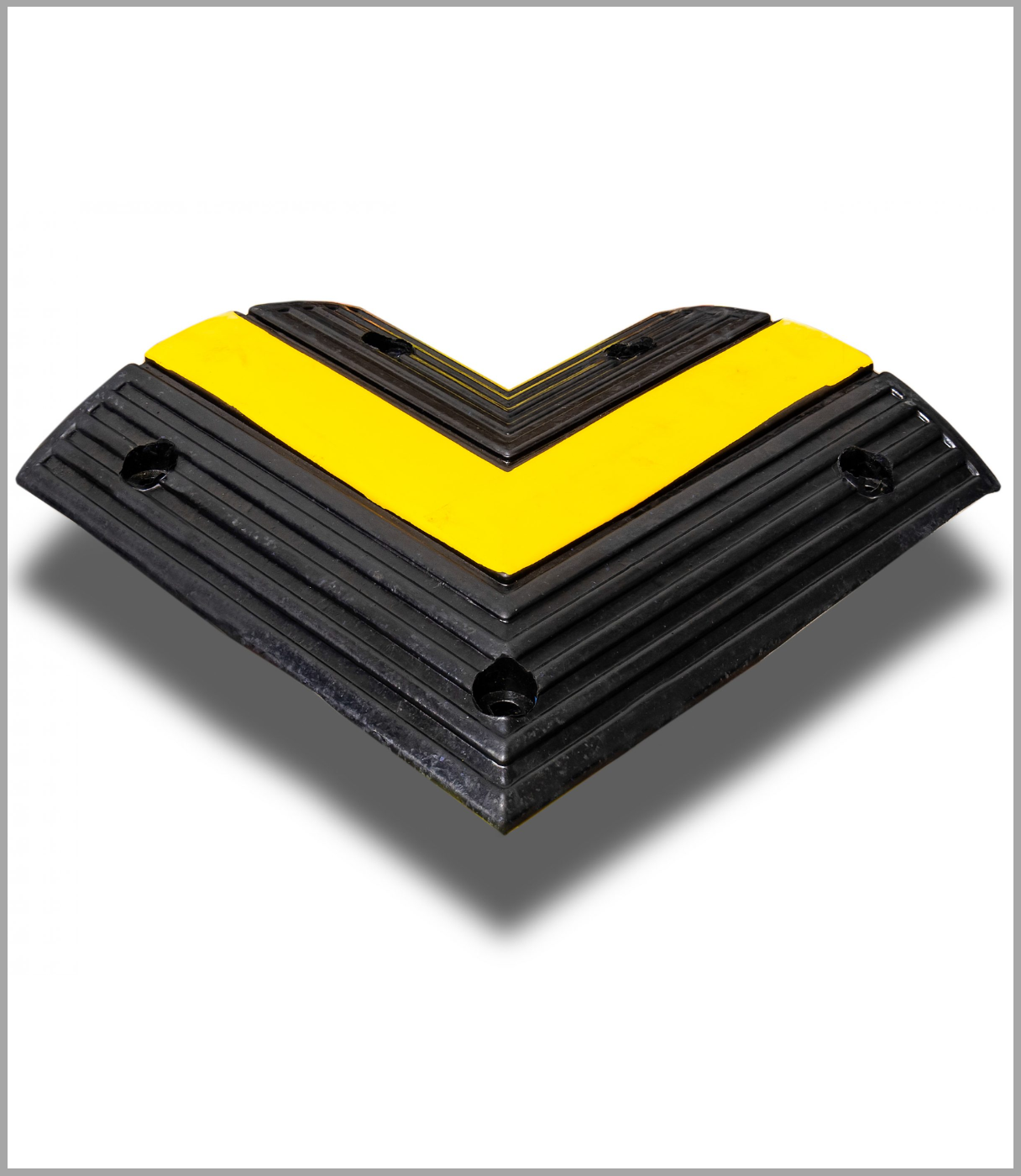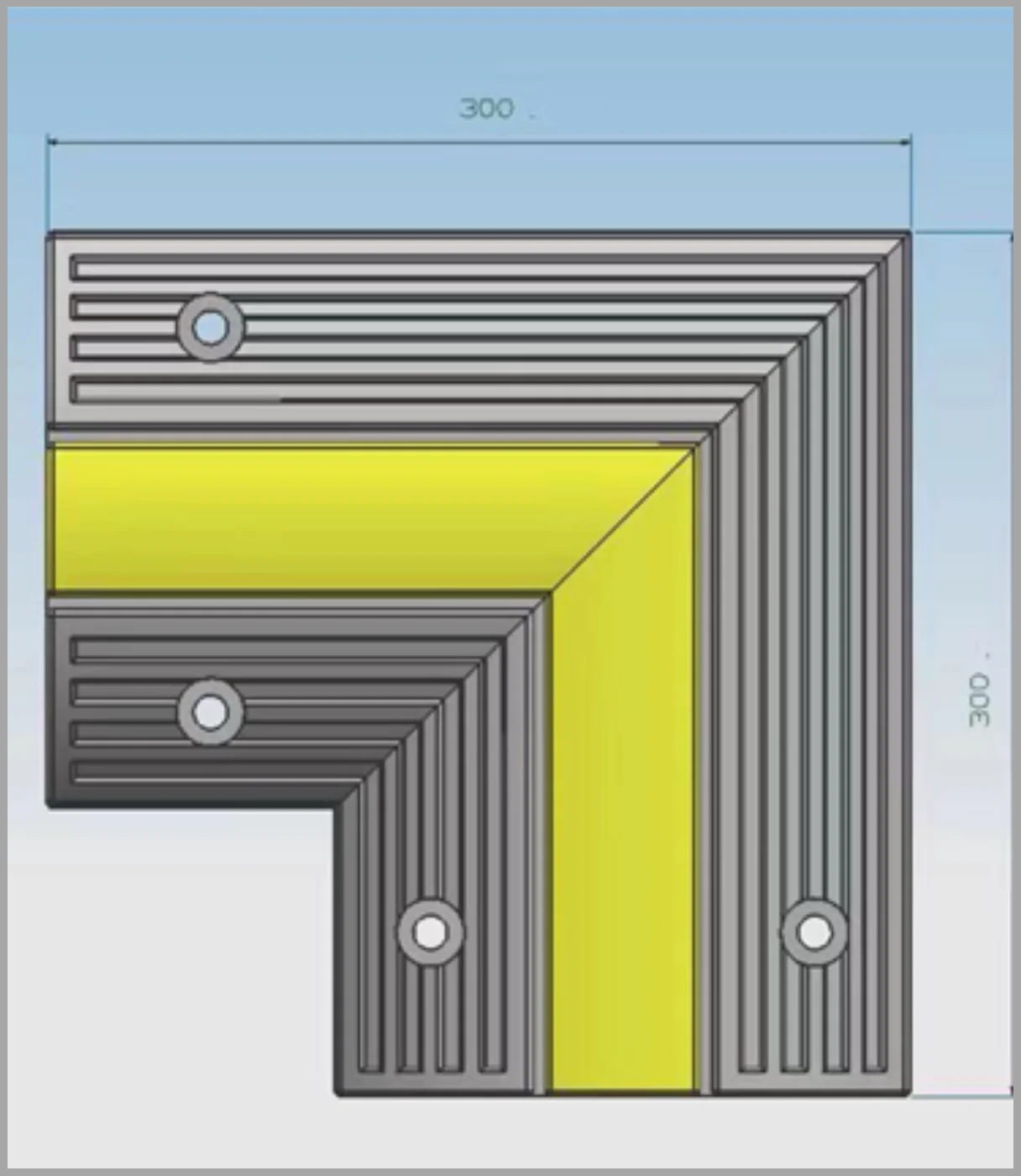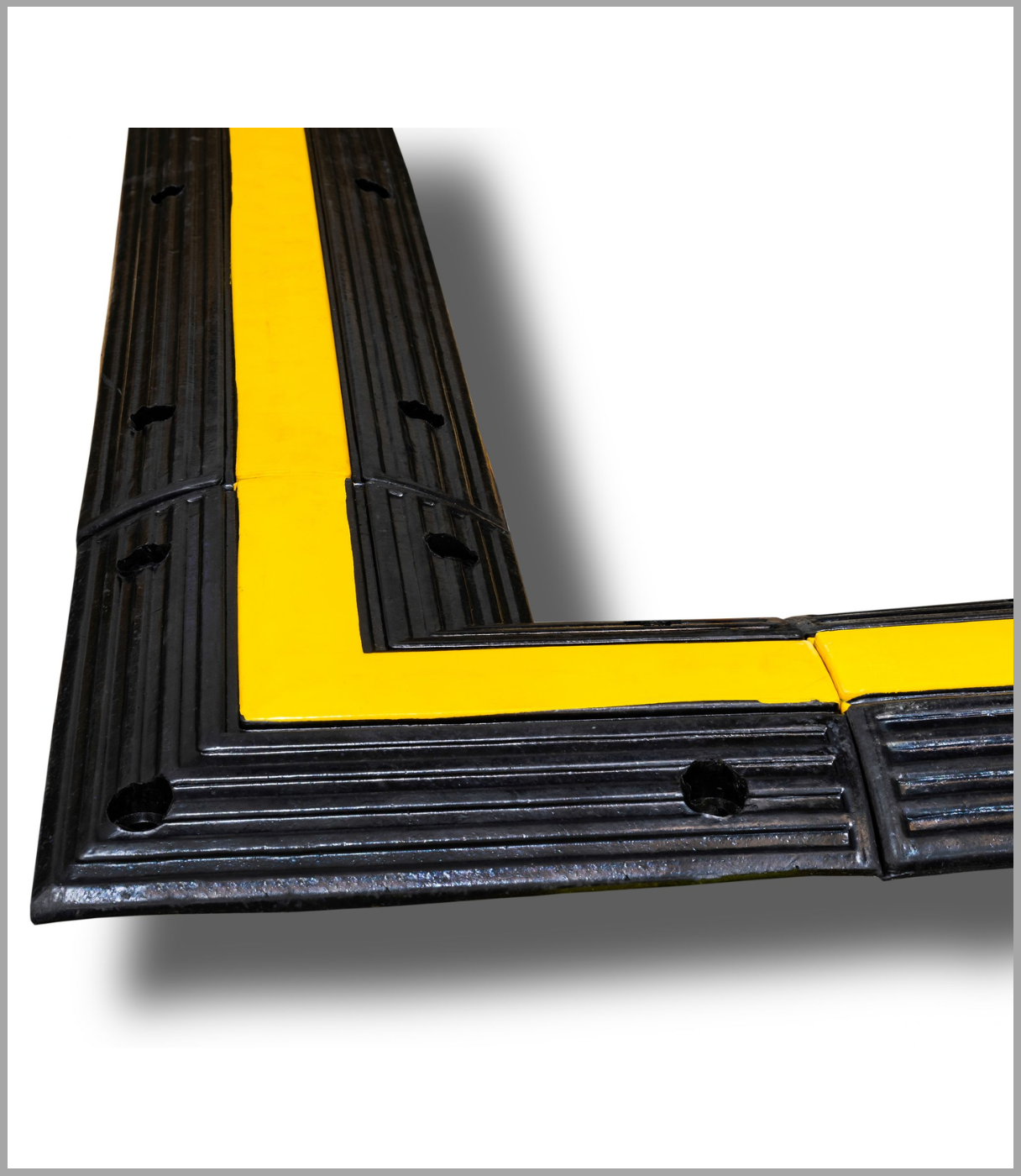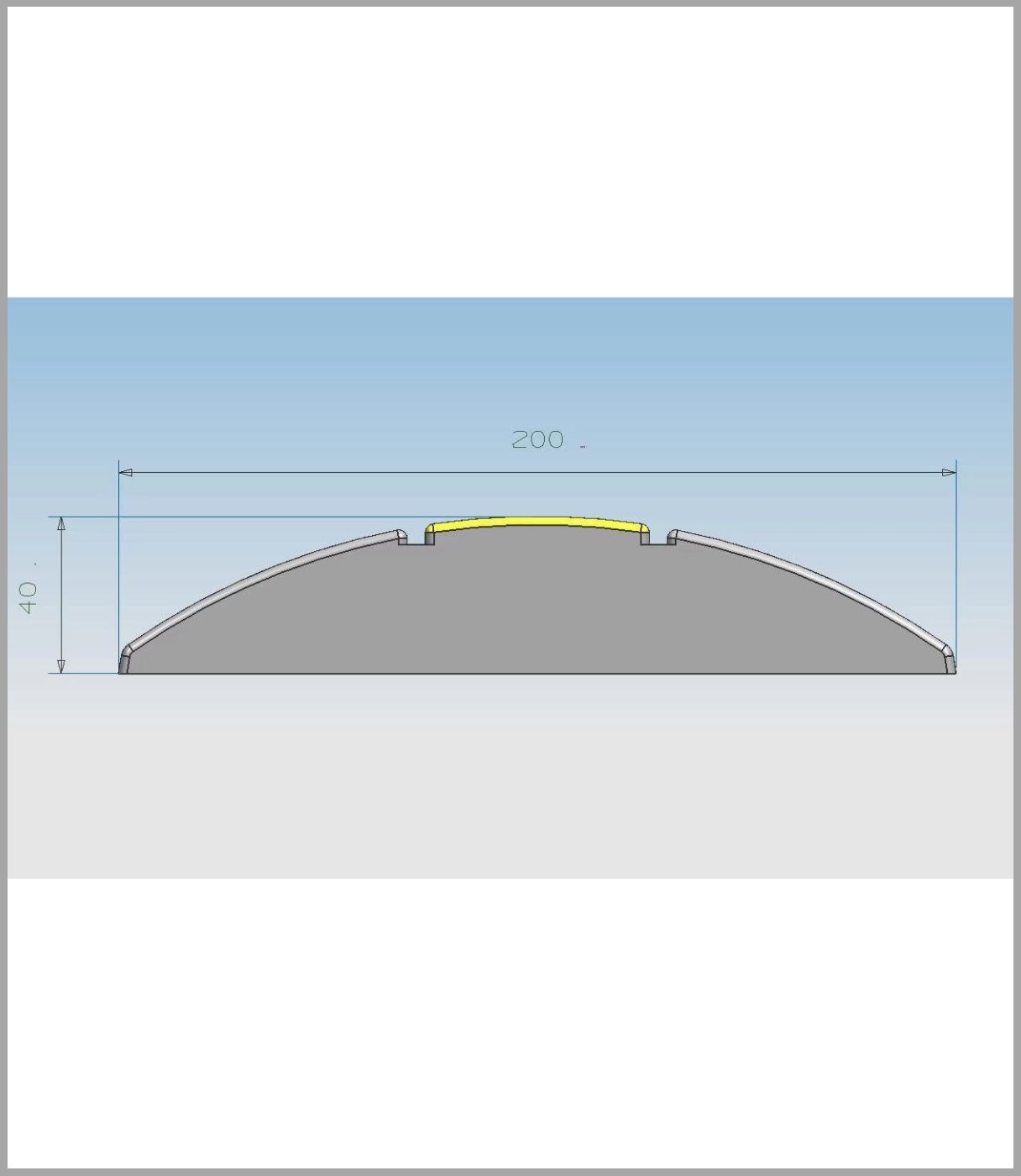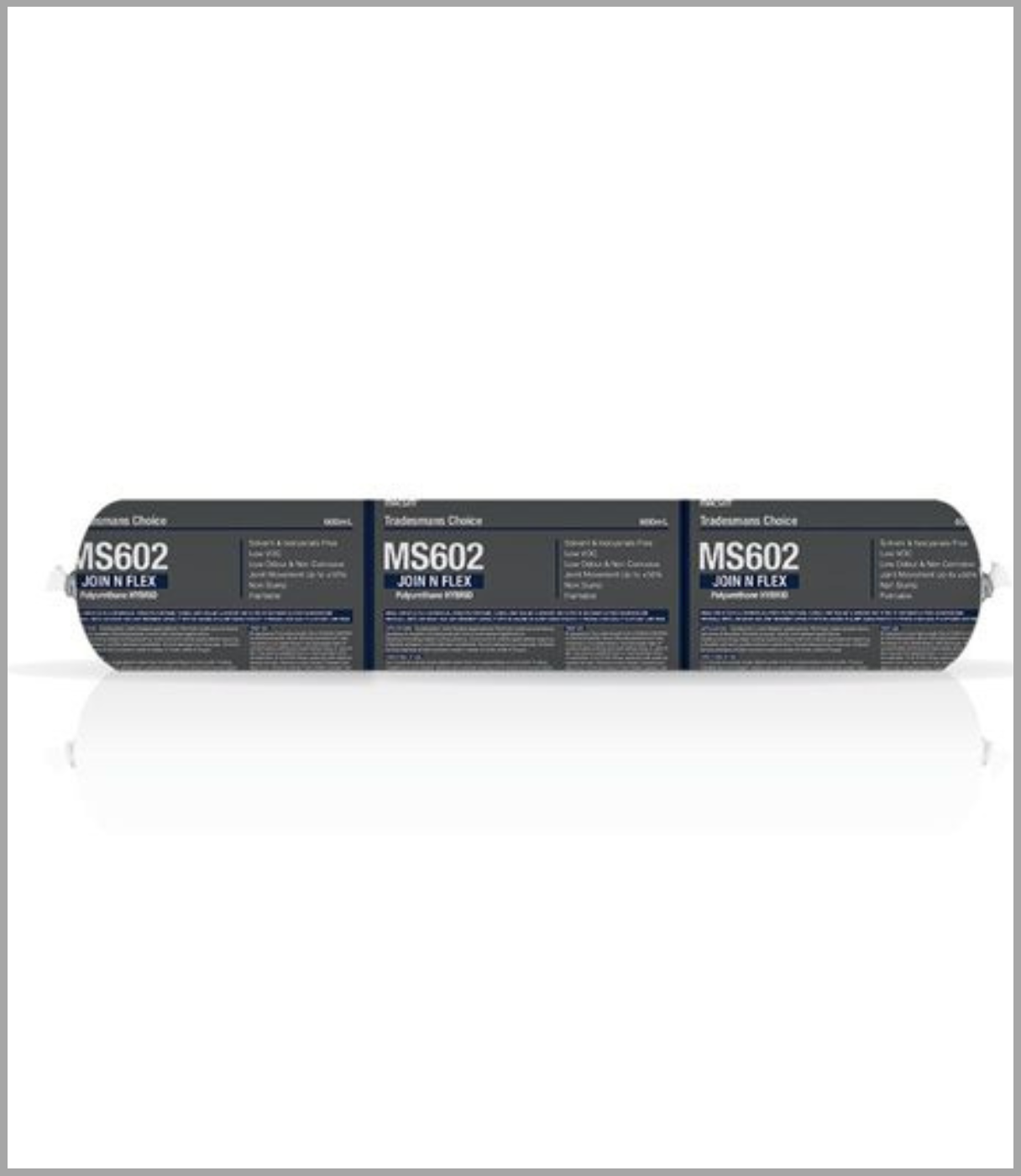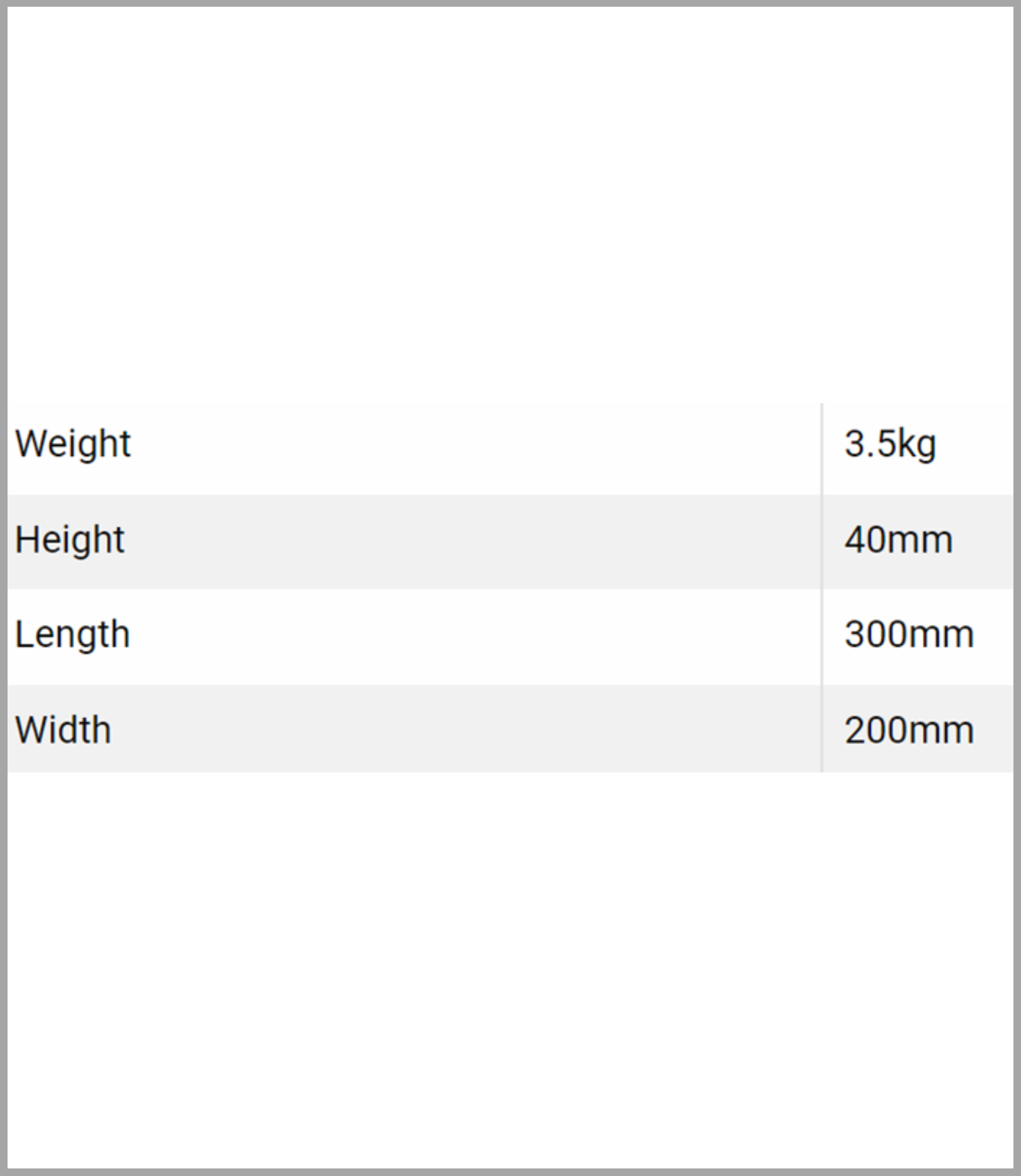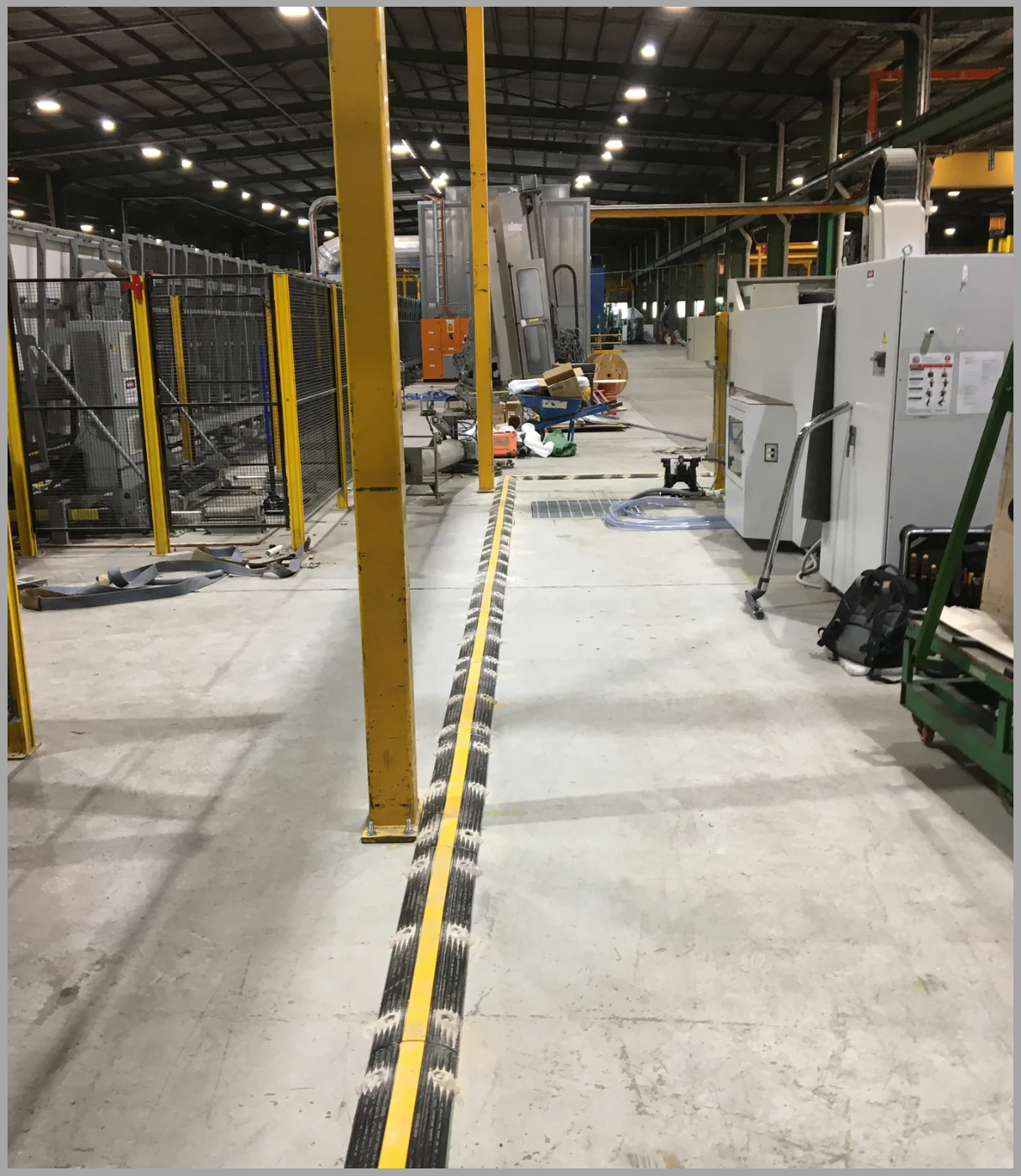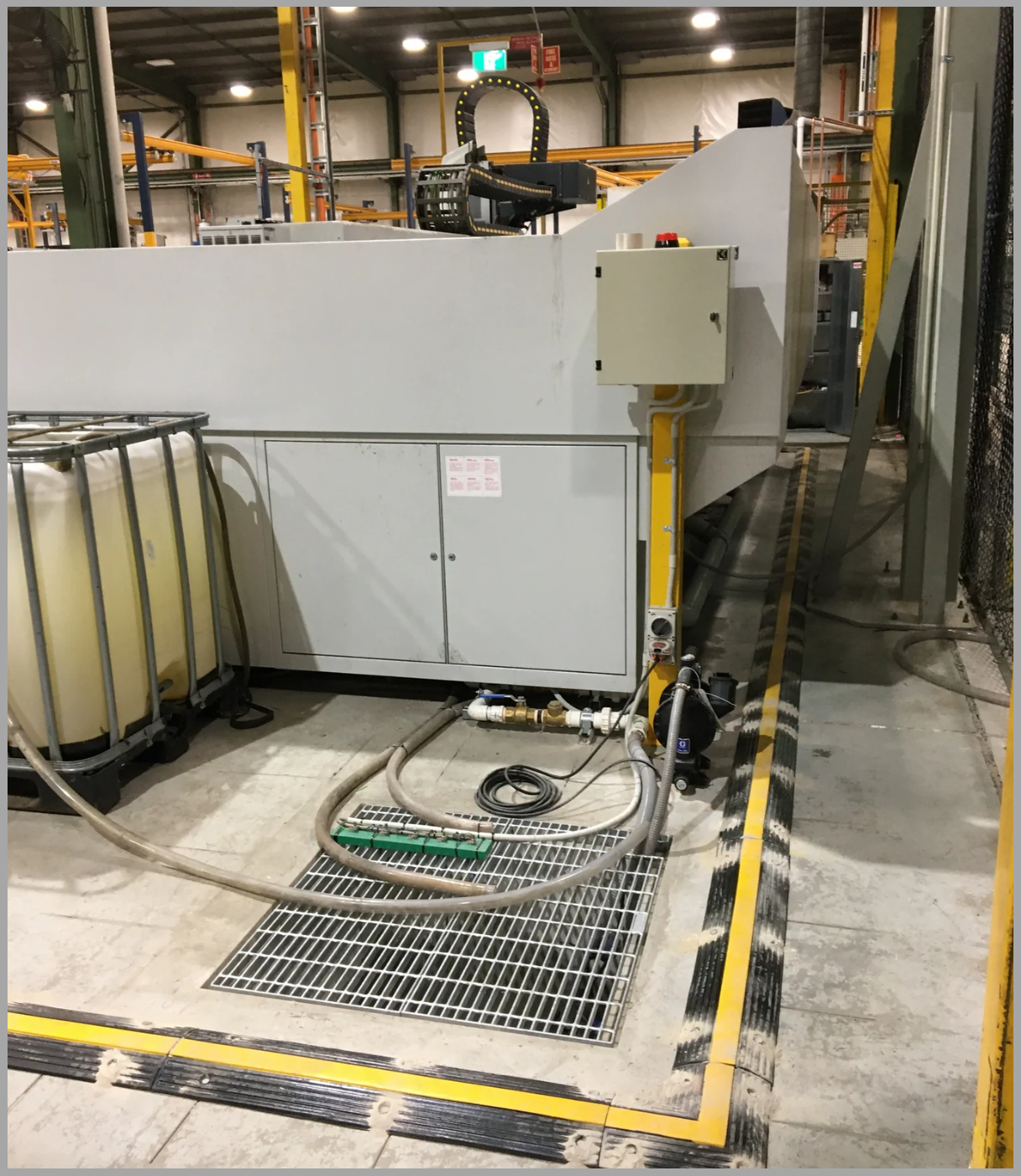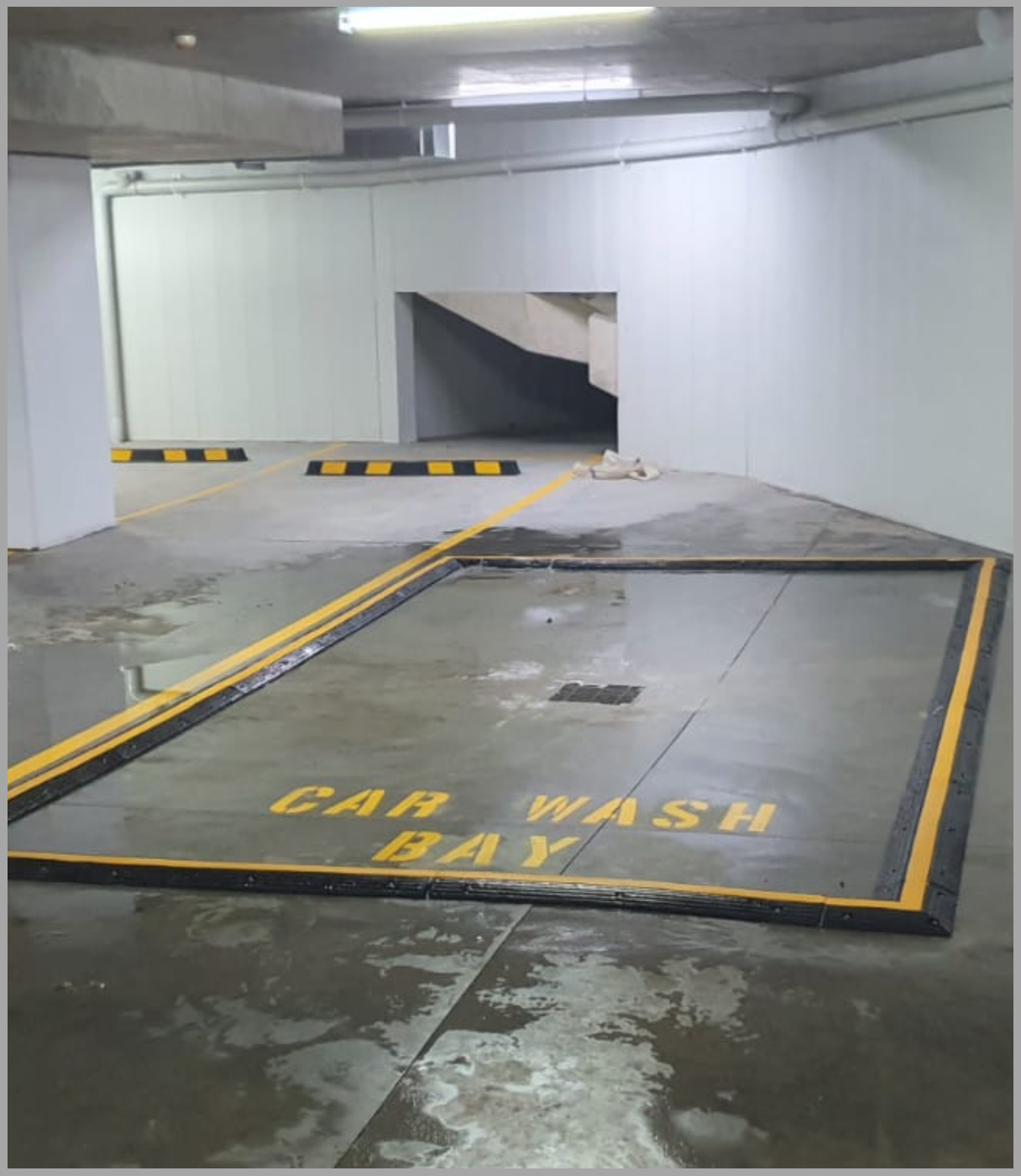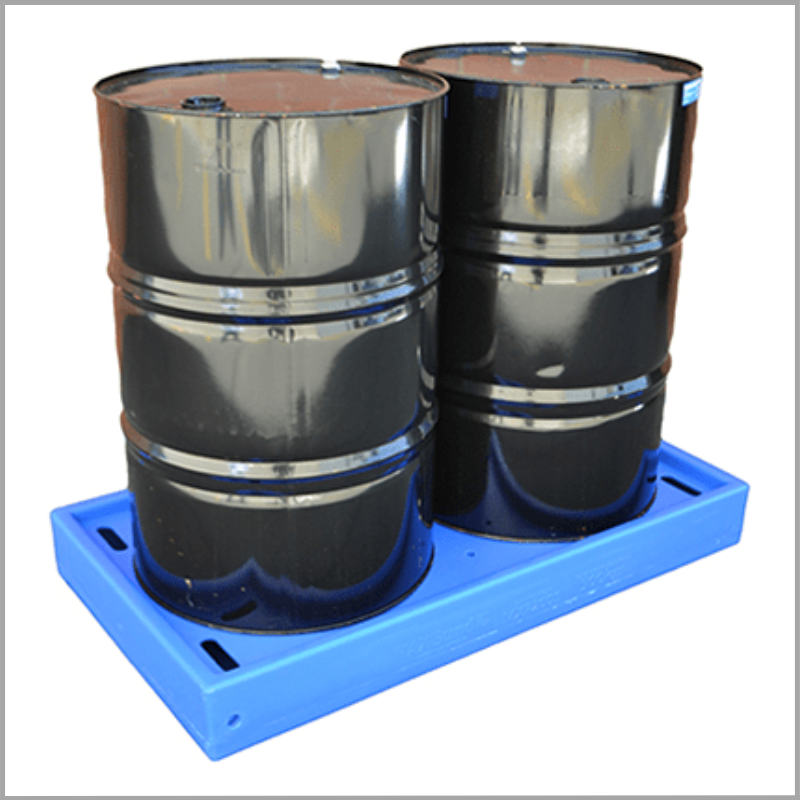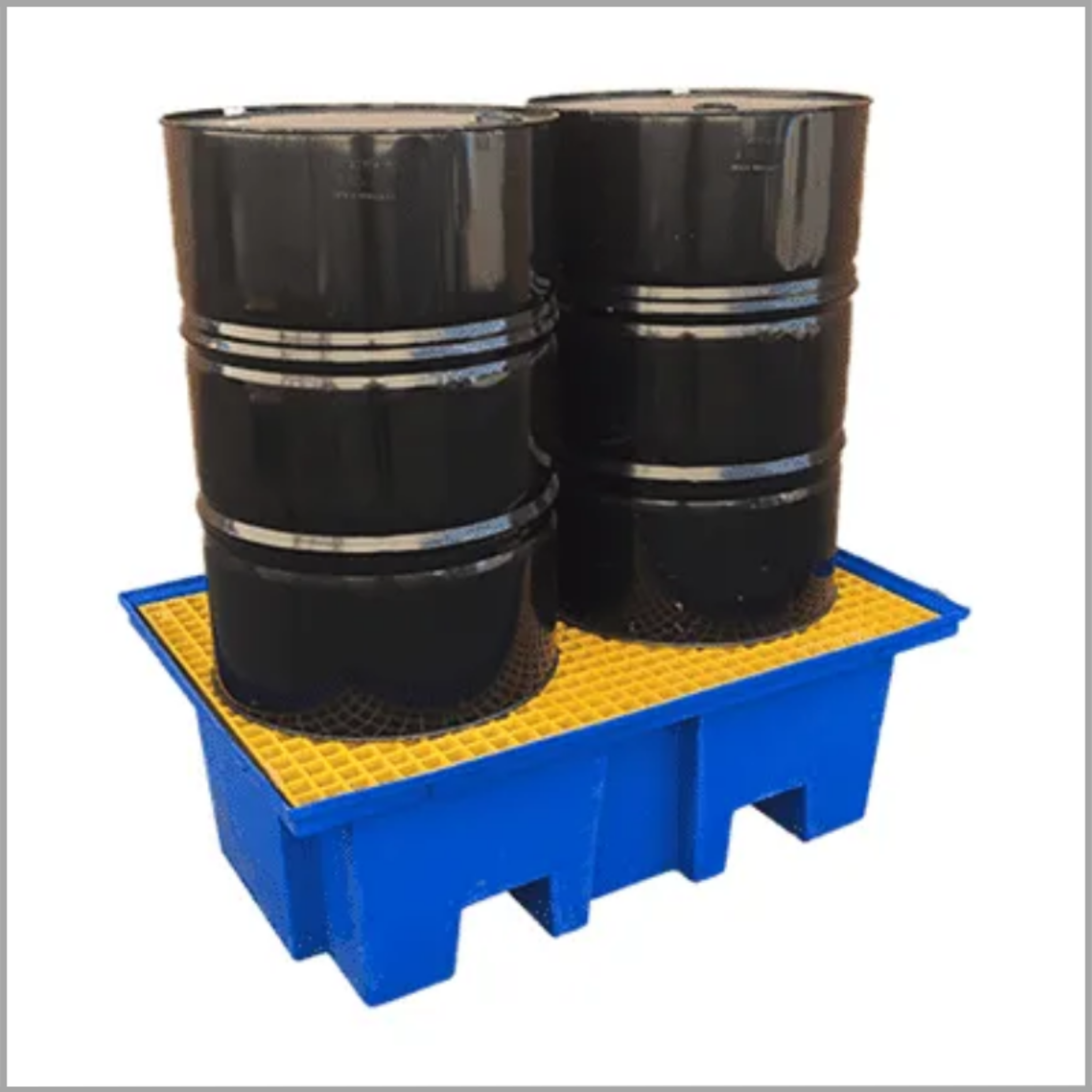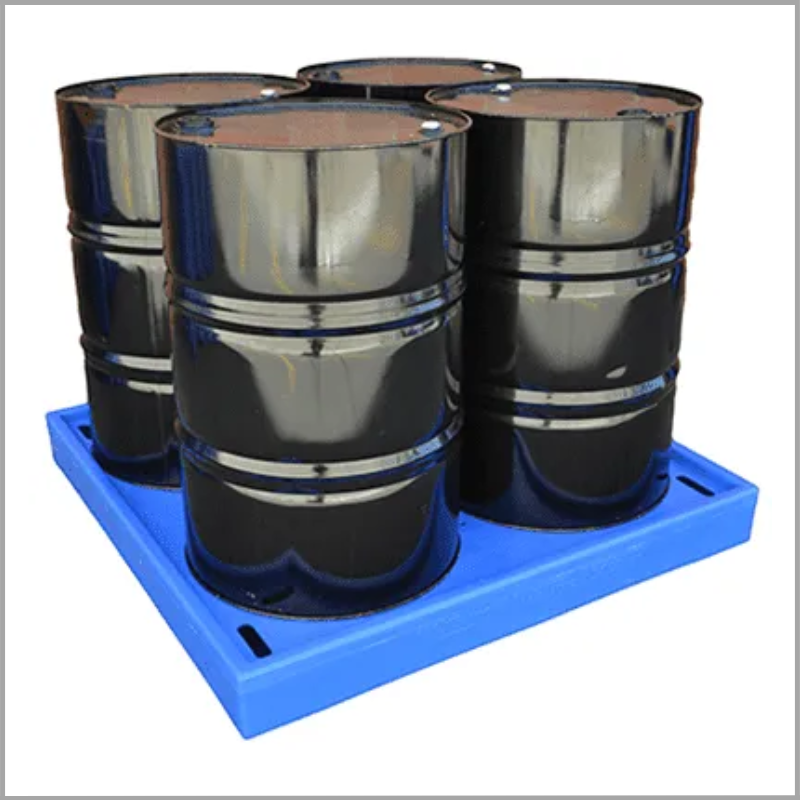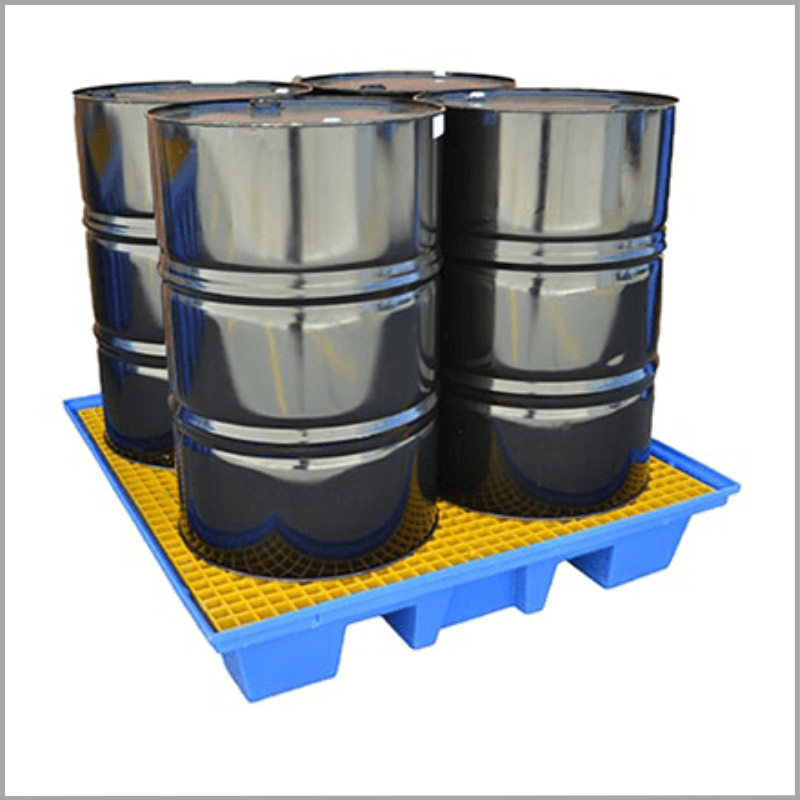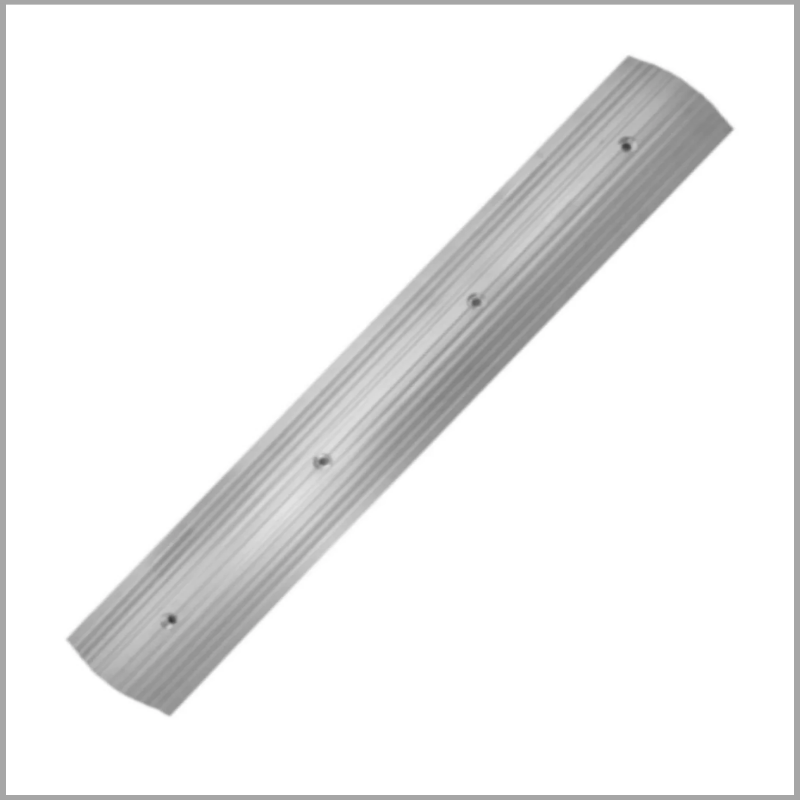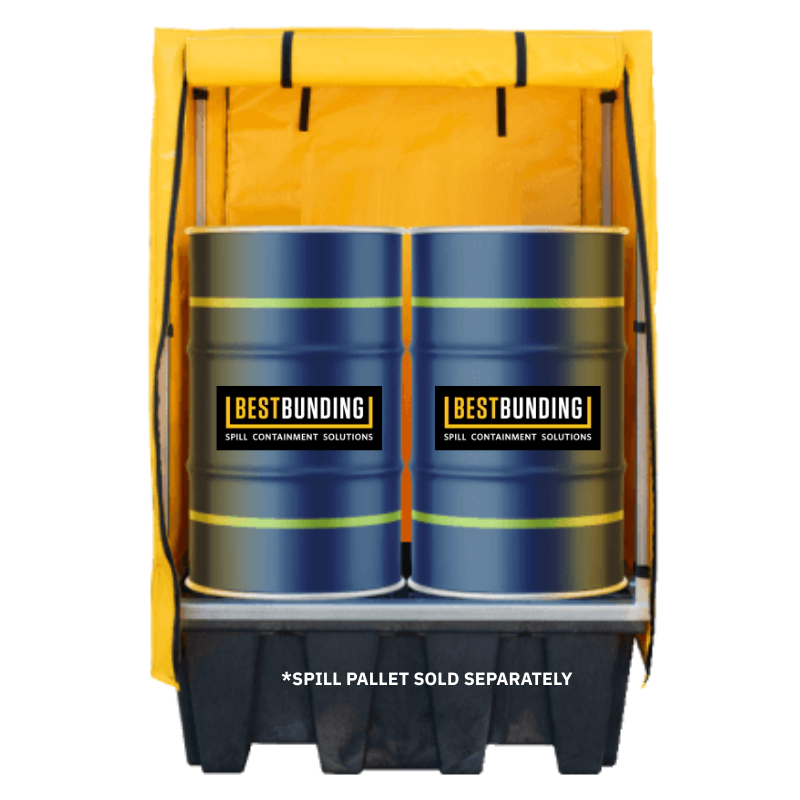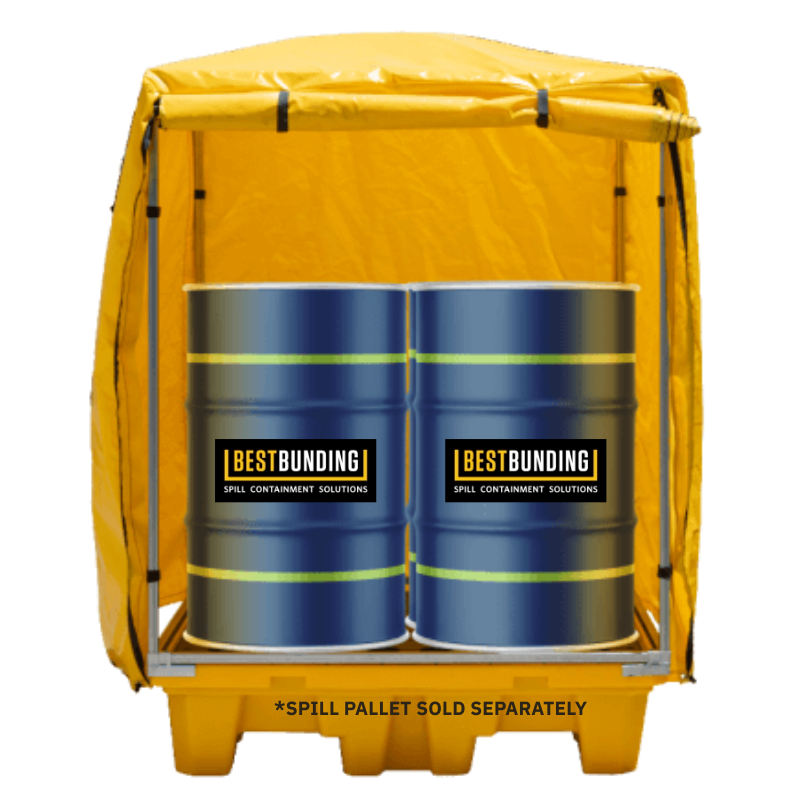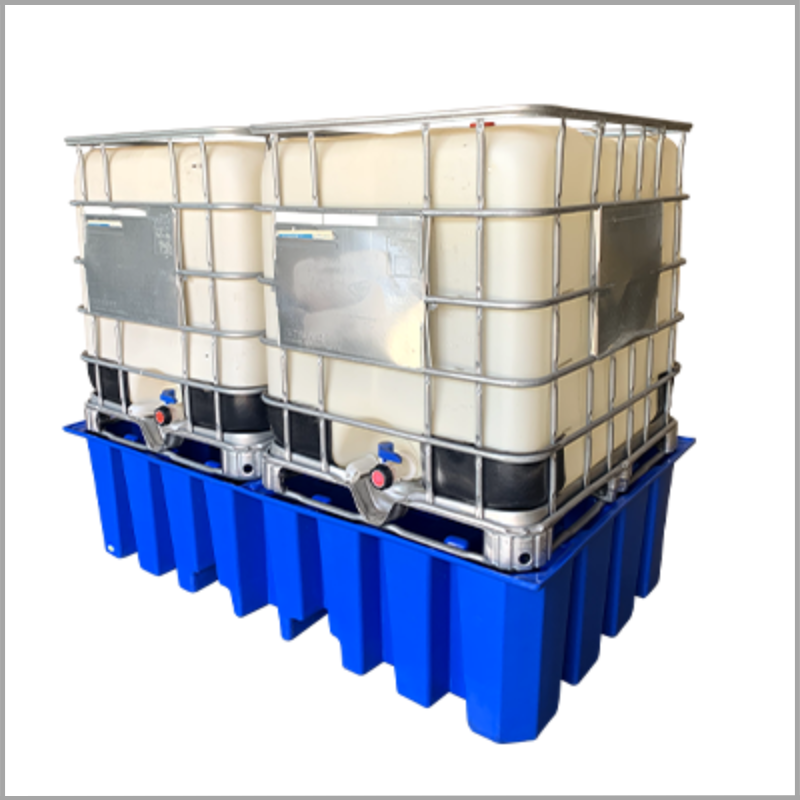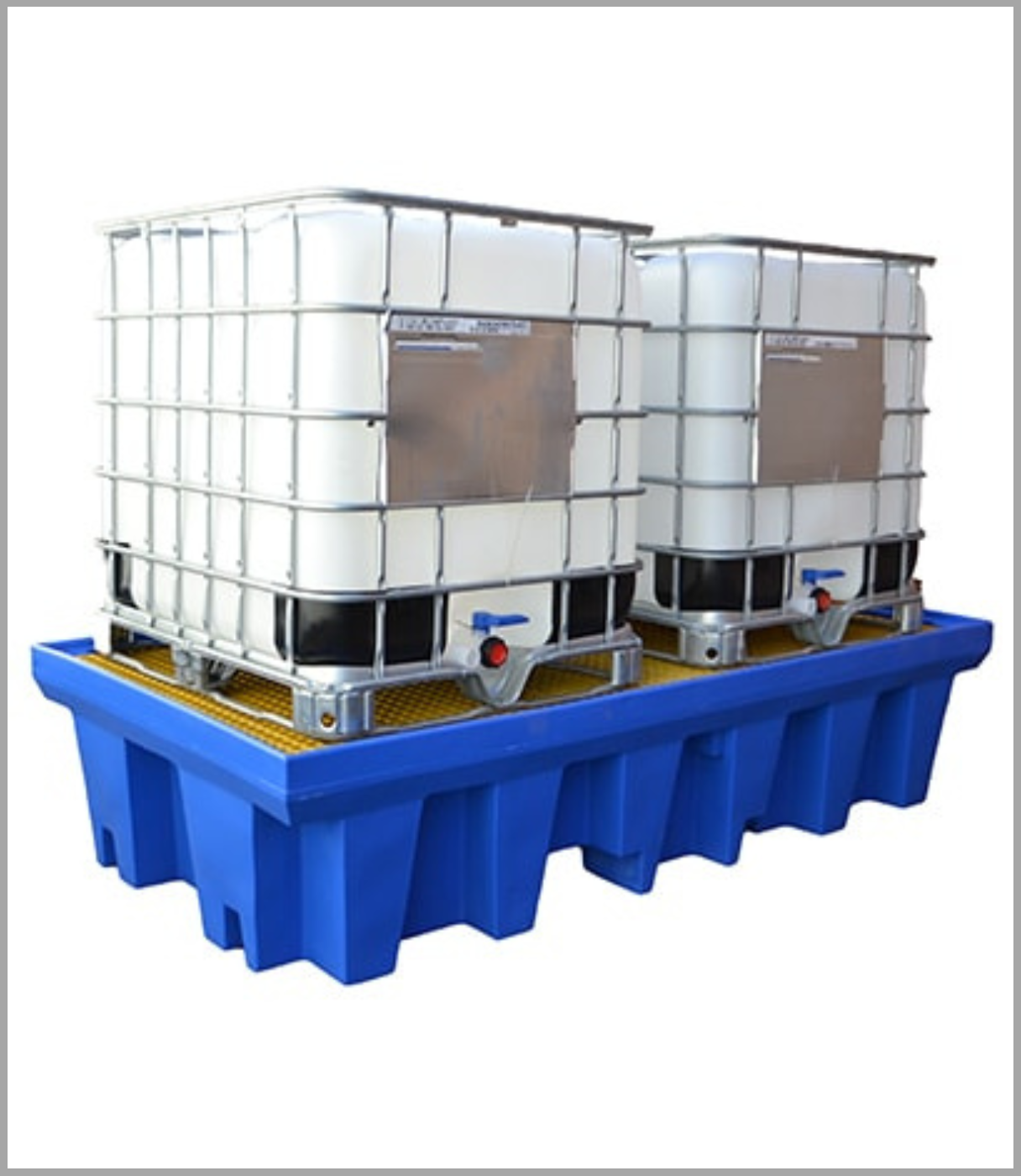Rubber Bunding is primarily used as a spill containment barrier to prevent hazardous liquids, such as chemicals, oils, or fuels, from spreading in the event of a spill. It’s ideal for industrial and commercial environments where safety and compliance with regulations are critical.
Introducing our Heavy Duty Rubber Bunding! This product is perfect for containing spills around areas where drums are stored, as well as in wash areas, car wash bays, and petrol stations. Our Rubber Bunding is made of high-quality materials and is very durable, making it a great investment for your business. It's simple to install, too - just use the preformed fixing holes to quickly and easily set it up. Plus, matching corners are available so you can create a full bund if needed. Don't let spills ruin your business - invest in our Heavy Duty Rubber Bunding today!
What you need to set up Rubber Bunding in your workspace
To ensure your workspace is protected from spills and complies with safety standards, installing Rubber Bunding correctly is essential. Here's what you'll need:
1. Rubber Bunding (Per Meter): This is the primary containment barrier. Measure your workspace to determine how many meters you need, accounting for the length and width of the area you want to protect.
1. Rubber Bunding (Per Meter): This is the primary containment barrier. Measure your workspace to determine how many meters you need, accounting for the length and width of the area you want to protect.
Specifications:
Material - Recycled Rubber
Dimensions: L100cm x 20cm x 4cm
Product Code: ES00015RB-1000
2. Corner Pieces: Corners are crucial for a seamless and effective bunding setup. These pieces allow the bunding to turn at 90-degree angles, ensuring complete containment without gaps or weak points.
Product Code: ES00016RB-C
Installation is quick and easy with galvanized screw bolts and appropriate sealant, and we offer an optional installation kit based on the number of lengths you need to install
3. Installation Kit:
-
-
-
- Bolts: Used to secure the bunding to the floor, providing a strong and durable hold.
- Sealant: Installation with appropriate sealant is recommended underneath and in between each piece to create the seal required. We suggest Hybrid Join-N-Flex Sealant – 600ml for best results.
-
Product Code: ES00017SF-PP600-G
-
-
The kit is tailored to provide enough materials to install one meter of bunding, making it easy to calculate what’s needed based on the length of bunding you’re using.
No need to search for these items separately—you can conveniently find and purchase everything you need right here. Simply use the dropdown menu at the top of the product page to select between Rubber Bunding (per meter), Corner Pieces, or the Installation Kit.
While installation services are available in NSW, our experts are here to assist with any concerns or questions you may have—no matter where you live in Australia. Whether you need advice on quantities, setup guidance, or anything else, simply give our team a call, and we’ll ensure you have everything you need for your workspace.
 Benefits
Benefits
of Rubber
Bunding
Resistance to Oils and Mild Chemicals
Rubber is naturally resistant to many oils and chemicals, making it an ideal choice for environments where these substances are common but not highly corrosive.Safety and Impact Absorption
Facilities with high foot traffic or light equipment movement need a bund that doesn’t pose a tripping hazard and can absorb minor impacts. Rubber’s inherent flexibility and shock-absorbing properties make it safer for people and equipment, reducing the risk of trips or damage from light impacts.Ease of Installation and Maintenance
Rubber bunding can be quickly installed using adhesive or bolts, requiring minimal downtime and labor. It’s also easy to clean and maintain, which is crucial in busy environments.FAQs
What is Rubber Bunding used for?
How do I determine how much Rubber Bunding I need?
Can I install Rubber Bunding myself, or do I need professional help?
What surfaces can Rubber Bunding be installed on?
How durable is Rubber Bunding? Will it withstand vehicle traffic?
What do I need for a complete Rubber Bunding setup?
How do I maintain Rubber Bunding after installation?
Can I relocate the Rubber Bunding after installation?
What should I do if my workspace has irregular shapes or obstacles?
Are there any compliance regulations I should be aware of?

